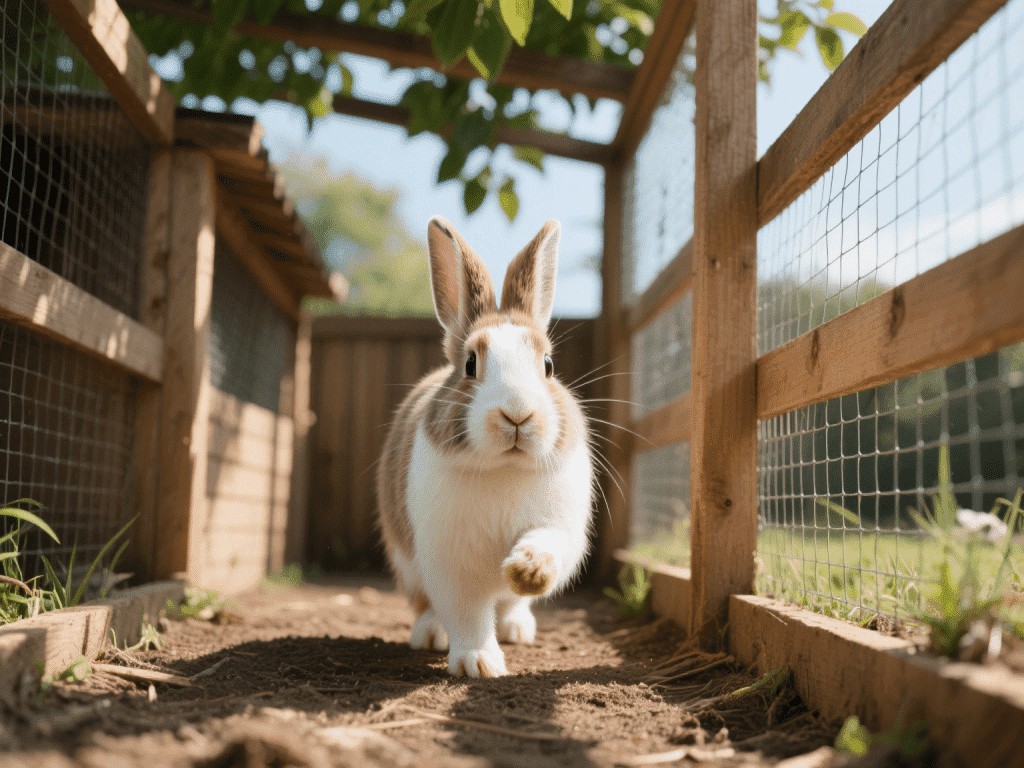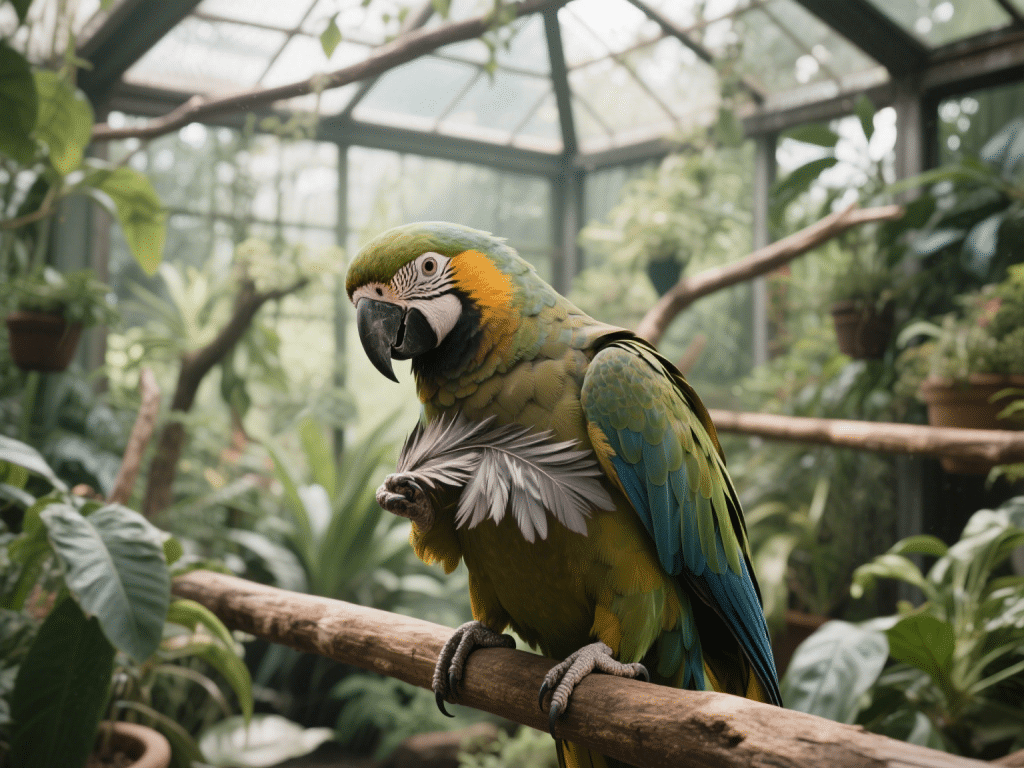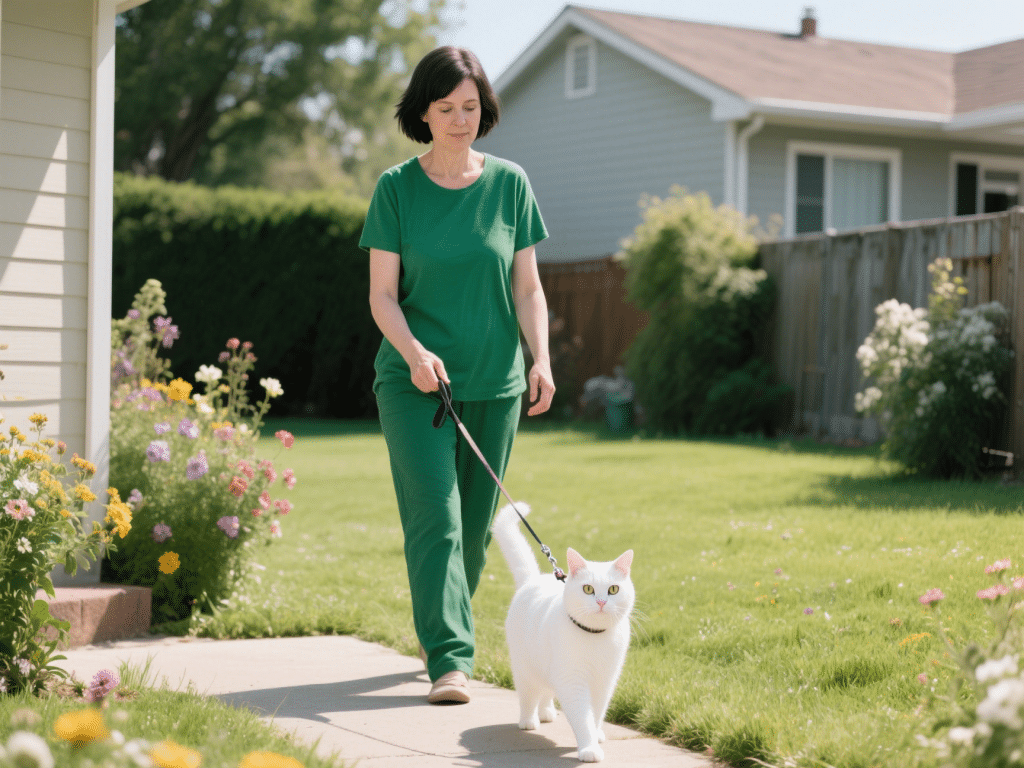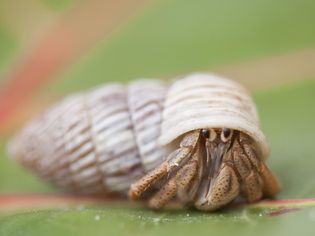Solving GI Stasis in Rabbits: Early Detection and Rapid Response

Gastrointestinal (GI) stasis—when a rabbit’s digestive motility slows or stops—is one of the most urgent emergencies in rabbit care. In my 12 years advising rabbit rescue centers, I’ve guided dozens of owners through successful recoveries by combining early warning recognition with targeted interventions. Follow this expert protocol.
1. Why GI Stasis Is Critical
Rabbits’ digestive tracts depend on continuous motility. When peristalsis slows, gas builds, appetite vanishes, and the cecum’s delicate flora becomes unbalanced. Left untreated beyond 12–24 hours, the risk of deadly ileus escalates.
2. Recognizing the Earliest Signs
– Reduced Fecal Output: Count your rabbit’s daily droppings—less than 100 per day or a sudden drop signals trouble.
– Anorexia: Even skipping a single meal for 12 hours is a red flag.
– Lethargy and Hunched Posture: A rabbit guarding its abdomen or pressing against cage walls often indicates pain.
– Teeth Grinding (Bruxism): Unlike contented purring, rapid grinding can signal colic.
3. Immediate Home Care Steps
Unlikely to Solve Alone: Always contact your exotic‑qualified veterinarian first.
Hydration Boost: Offer a syringe of lukewarm water or low‑sodium chicken broth (no onion/garlic).
Motility Support: Administer rabbit‑safe simethicone gel (per vet dosing) to relieve gas tension.
Critical Care Diet: If the rabbit refuses hay, introduce a high‑fiber critical care mash by syringe—carefully warmed to body temperature.
4. Veterinary Interventions
– Subcutaneous Fluids: Rehydrate and correct electrolyte imbalances.
– Analgesics: Pain control (buprenorphine) reduces stress and permits eating.
– Prokinetic Agents: Drugs such as metoclopramide or cisapride restore normal gut motility.
– Abdominal Imaging: Radiographs rule out obstructions, gas patterns, or organ enlargement.
5. Long‑Term Prevention
– Dietary Consistency: Unlimited grass hay is non‑negotiable—promotes natural gut movement.
– Daily Foraging: Scatter hay and leafy greens to encourage constant nibbling.
– Regular Weight Monitoring: A 50‑gram weight loss in a week warrants dietary adjustment.
– Stress Reduction: Rabbits are prey animals—minimize loud noises, provide hideouts, and maintain routine.
6. Monitoring Recovery
Track droppings, appetite, and behavior hourly for the first 24–48 hours post‑treatment. Gradual return of normal fecal size and quantity—and eagerness for hay—is your assurance of restored motility.









Comments on "Solving GI Stasis in Rabbits: Early Detection and Rapid Response" :